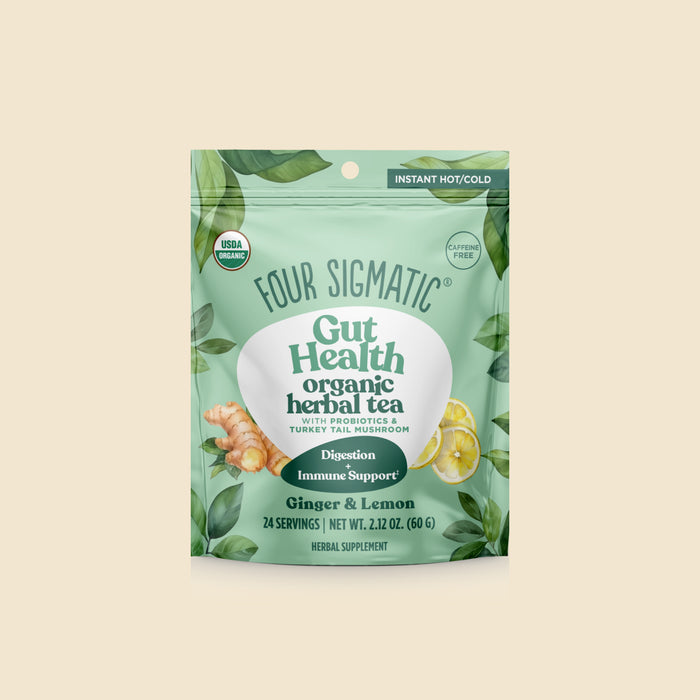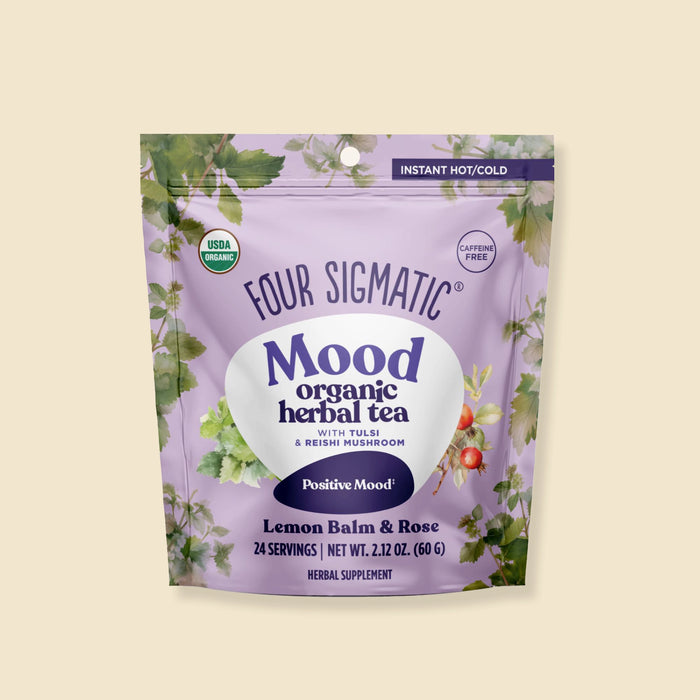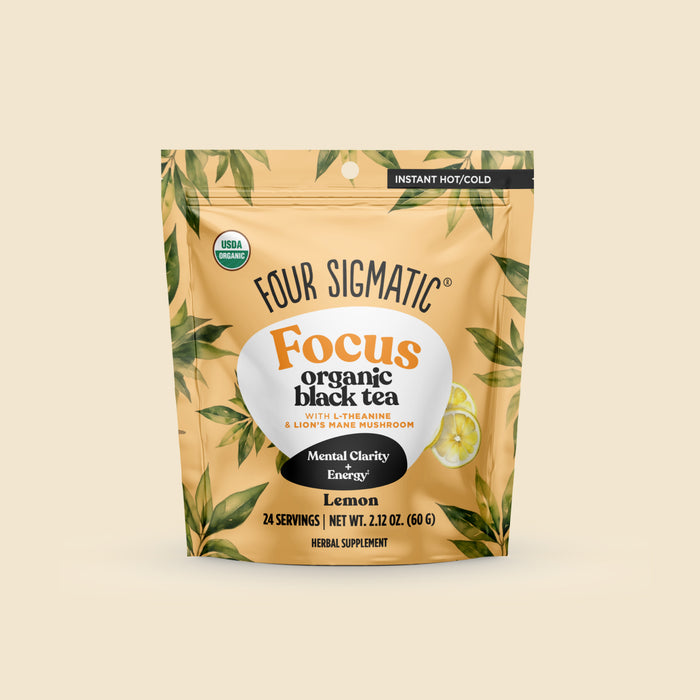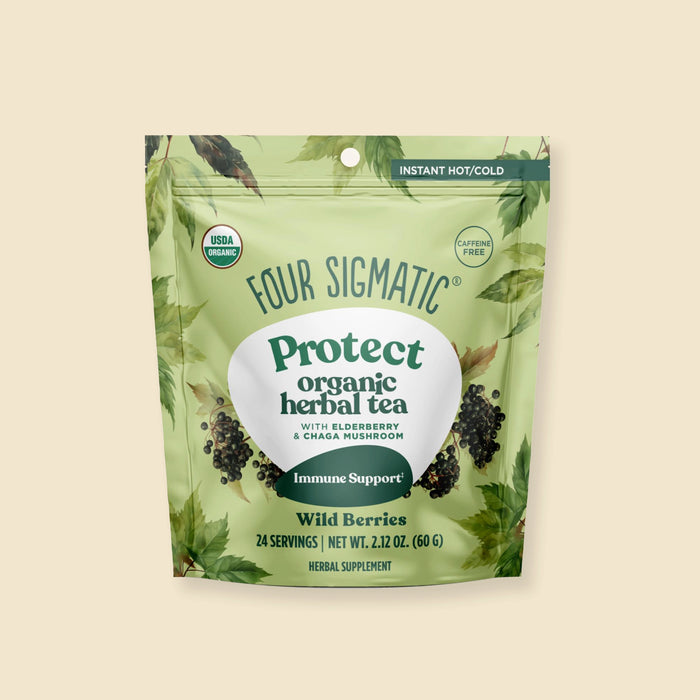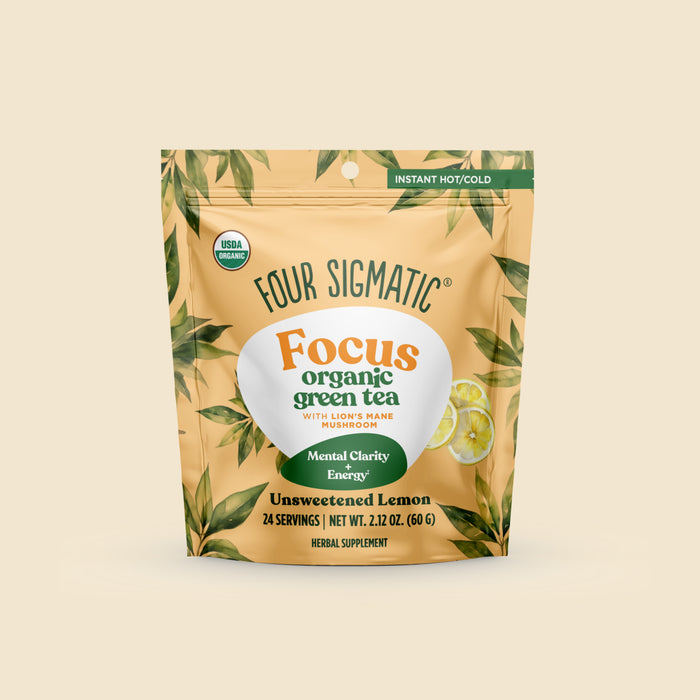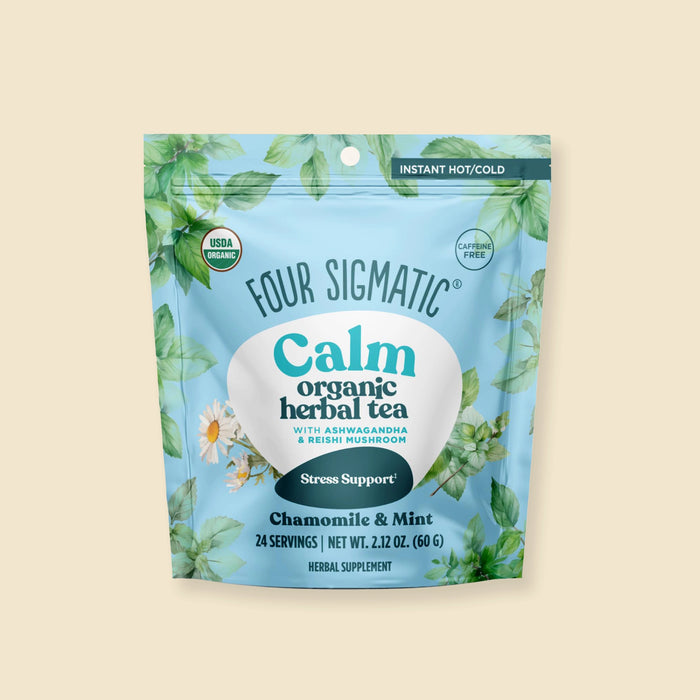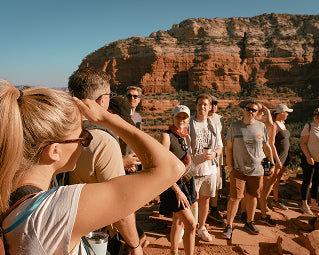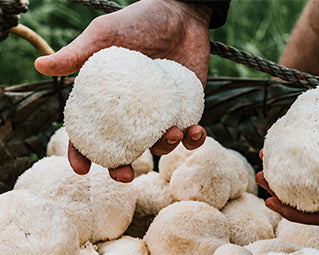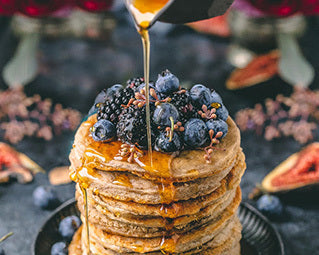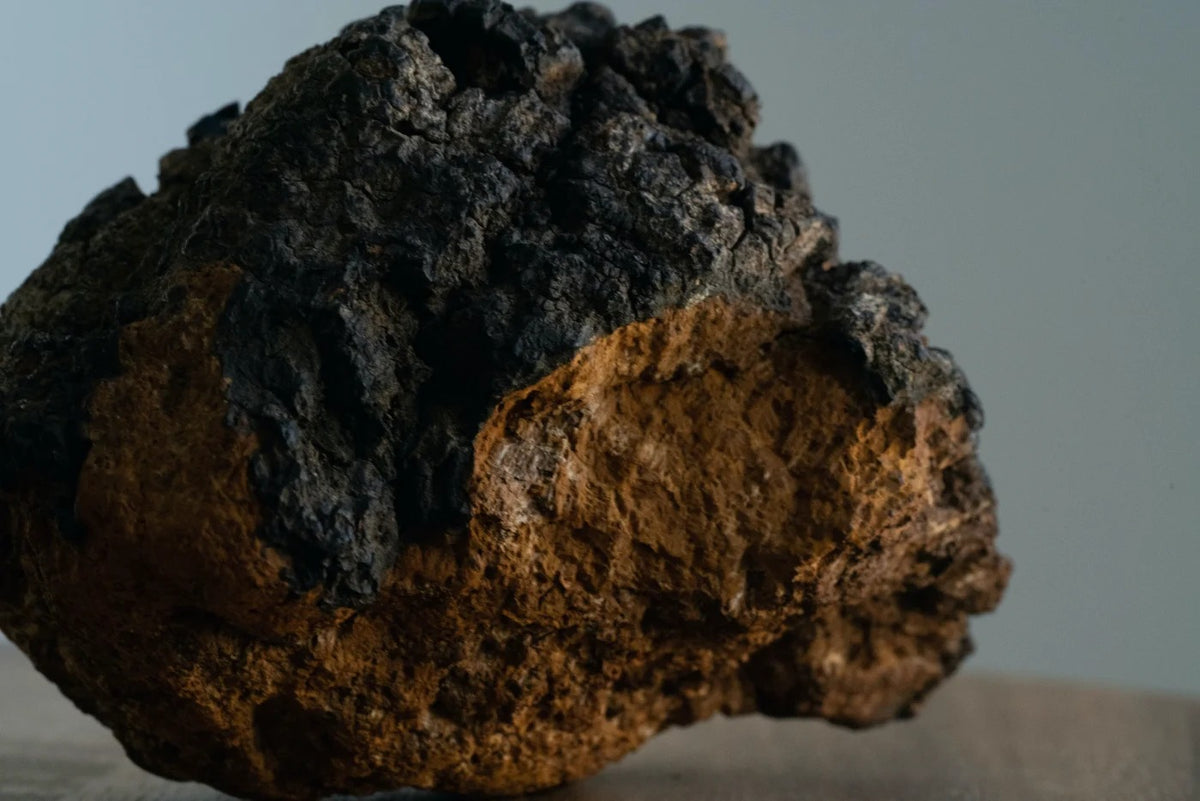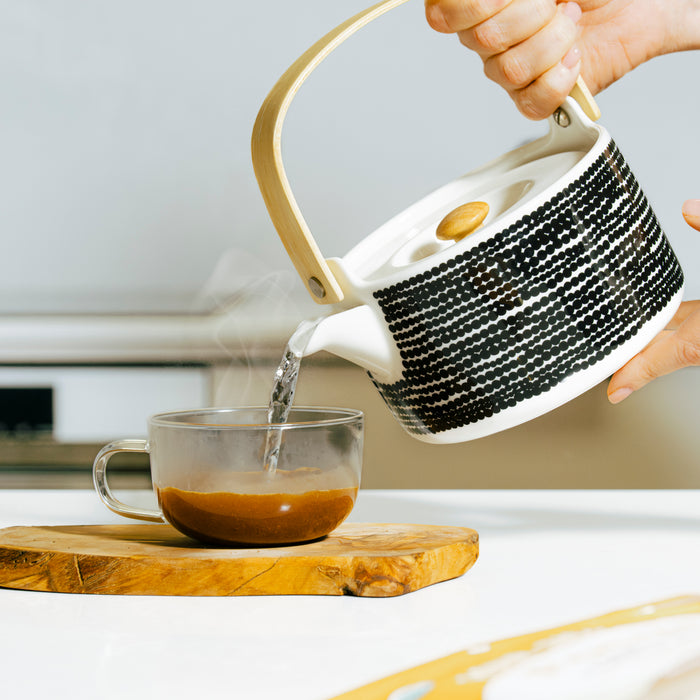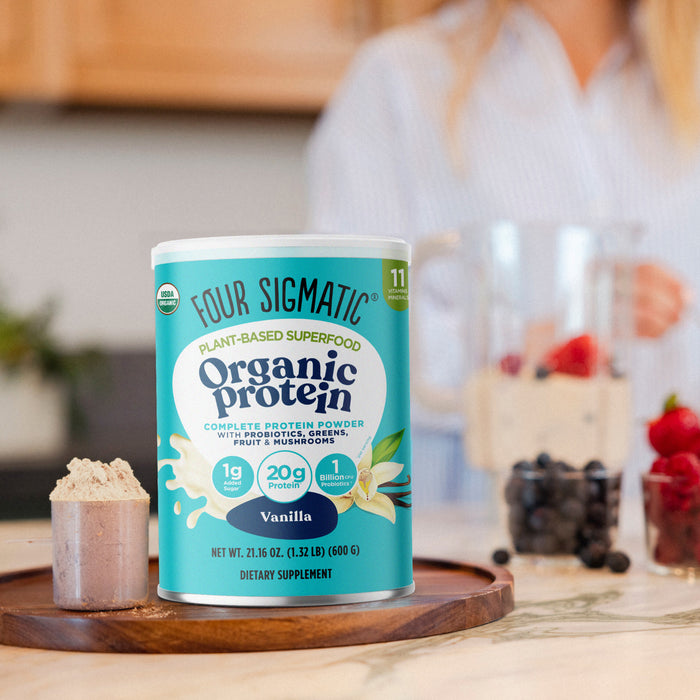Getting the right Chaga
The quick scan
When Chaga is properly sourced and extracted, it has some of most antioxidant properties out of all food on the planet. Combined with its immunomodulating polysaccharides (more on this later), this makes it a powerhouse for the immune system. An adaptogen, it also supports longevity, balance, and whole body wellness. Looking for a year round natural ally to defend and protect your body? Chaga may be just what you are looking for.
The quick and dirty
Chaga is a conk that should always be sustainably wild-harvested from Birch trees and then properly extracted. Avoid Chaga mycelium, Chaga grown on cereals like oat or rice, or Chaga that is not followed by the word “extract.” If it doesn’t check these 3 boxes (real Chaga, grown on Birch in the wild, and extracted), don’t bother taking it. If it does check the boxes, prepare for top notch immune support. P.S. I made a short video on Chaga 101 in the Mushroom Academy which you can watch below if you’re more of a visual learner.
Clearing up the fog on Chaga
A little more juicy
Ready for more? In this section, we’ll go over:
-
Traditional uses
-
Proper sourcing for highest quality
-
Effective dose
-
Four Sigmatic products with Chaga
-
How to maximize benefits by pairing with the right ingredients

Chaga is actually not a “mushroom” in the typical sense of the word. It is a functional fungi, but the word mushroom implies it is a fruiting body. Unlike all other common functional mushroom species, Chaga is actually a conk (see image below of what this looks like IRL). This is essentially a mass of mycelium that grows on the outer bark of primarily Birch trees. Chaga does produce a fruiting body but it is extremely rare and never found in products in the marketplace. When it comes to Chaga, it’s crucial to understand how to sustainably use the highest quality Chaga to reap the benefits it's touted for.
Chaga is known as “the King of Mushrooms.” It’s long history of use lives up to that name. It may be the most versatile of all functional ingredients. It’s been used as a fire starter, as moxibustion (a practice of burning herbs over acupressure points to stimulate Qi), it’s been soaked in a bath as a ritual for menstruating women, as a coffee alternative in Finland during rations in WWII, and medicinally for digestive issues and immune support.
While it is an adaptogen, which makes it a sort of jack-of-all-traits, the main benefits of chaga is immune support and longevity. Yet it’s critical to remember that these benefits, both backed by ancient traditions and modern research, are all on wild Chaga conk, grown on Birch trees, and properly extracted. Chaga literally is what it eats. Many of the beneficial compounds in Chaga (we will get to that later) are conversions of compounds found in the bark of the Birch tree. Thus, in order to reap the benefits of Chaga, it has to be growing on Birch trees.

At Four Sigmatic we wild-harvest our Chaga from the largest Birch forest in the world. This forest is literally larger than the entire continental United States! It’s called the Taiga and it's located in Siberia. Choosing a location where both Birch trees and Chaga is imperative to sustainable harvesting. What does this mean? Well, there is a lot of misinformation out there about Chaga harvesting. Let’s dispel some myths:
-
No trees are cut down in the process of sustainable Chaga harvesting (the Chaga itself is even left mostly intact. A small portion of the conk is harvested for extraction).
-
Chaga only infects sick or dying trees, never healthy trees (nature is intelligent. Part of sustainable forestry is allowing sick or dying trees to be overtaken by fungi and decomposed).
-
Chaga is rare in the wild (this was a narrative published by an herbalist who later corrected their initial statement, confirming how abundant Chaga is in the wild).
With all of this said, it is still important to vet your sources. Chaga harvested from areas where Chaga is rare is never recommended. My herbalist rule of thumb is to never take more than 10% of a given yield. This allows for regeneration to occur. This is why sourcing Chaga from places around the world where it is most abundant is key to sustainability.
Now, it is still critically important to use extracted Chaga and never raw or fermented mycelium. If using a mycelium product, it means you’re purchasing the growing medium (A.K.A. substrate)—a cereal grain like oat or rice—with a bit of mushroom “roots.” The first problem with this is that the Chaga is now missing many of the compounds from the Birch trees (betulin acid). The second problem is, companies do not separate the mycelium from the grain, so you may be getting up to 90% rice or oats with a bit of Chaga roots.
And even worse, if it hasn’t been extracted, your body can’t access all the beneficial compounds in Chaga that contribute to its immune and longevity benefits. Before looking at dosage, make sure you know what you are getting! Look for wild-harvested Chaga that is organic and has been extracted, to ensure highest potency and bioavailability for your body.
An effective dose of Chaga extract is between 250 mg - 1500 mg. Always start small and slowly build up after a few days as your body allows. Benefits start plateauing around 3,000 mg/day, but you can combine Chaga with vitamin C rich foods or adaptogens like Eleuthero or rhodiola to increase benefits. Chaga is a great caffeine-free coffee alternative since it brews into a jet black bitter and earthy decoction. It gives much of the visual appearance of coffee plus some of the bitter taste, without having any coffee in it at all.
Our best selling product with Protect Elixir. This is a formula that combines 1500 mg Chaga extract with rose hips (for all the vitamin C), Eleuthero, and mint. You can use the elixir on its own, or add it into coffee, tea, or smoothies. We also add Chaga in all of our coffees. Yep, that's right, every single Four Sigmatic coffee has Chaga! This means it’s in all ground coffees, instant coffees, and even our Think Coffee Latte. You can also find Chaga in our Protect Blend, Balance Blend, and Plant-based Proteins.
Chaga revealed: How it actually works
Super nerd alert
Oh, you’re still here? I love people like you. Welcome to the deeper, juiciest part of this article. To understand the science of how Chaga works in the body, it's important to understand some of its key compounds:
-
Antioxidants: Chaga’s dark color pigments are antioxidant properties that protect the body against dangerous free radicals
-
Triterpenes (Betulin & Betulinic acid): antibacterial, antiviral and anti-inflammatory
-
SOD (Superoxide dismutase): an enzyme helps protect the body break down damaging superoxide radicals. This helps keep cells from being damaged or dying, key in longevity
-
Polysaccharides: specifically 1-3, 1-6 beta-D-glucans, which are immunomodulating (think cruise control for the immune system); balancing, ability to up or down regulate immune activity
Like all whole foods or herbs found in nature, there are a myriad of compounds working together to give the said species its action in our bodies. While Chaga is primarily used for it’s immune supporting effects, it's also an adaptogen that supports whole body balance, longevity, even beauty (that’s for another time). And I can’t leave you without reminding you of the importance of extraction. Because no matter how much you know about this remarkable species and its benefits, if the Chaga has not been extracted, you can’t access any of these compounds and experience the benefits.
Why? Mushrooms have a compound in their cell wall called chitin, it’s the same compound found in crustaceans (think shrimp, lobster, or crab shells)—pretty tough exterior right? So this is where it becomes critical to extract, since that is the one guaranteed way to break down chitin and ensure all the beneficial compounds, in this case the hericenones and erinacines, are actually bioavailable to the body. Be wary of words like fermented, powdered, and raw on mushroom packaging. Only the word extraction guarantees that the chitin has been broken and your body can access all the goodness inside.
Thanks for making it all the way to the end with me. Time to go enjoy the practically magical benefits of organic, wild-harvested Chaga extract!
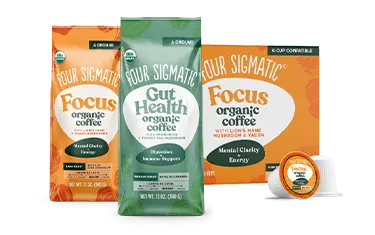 Coffees
Coffees
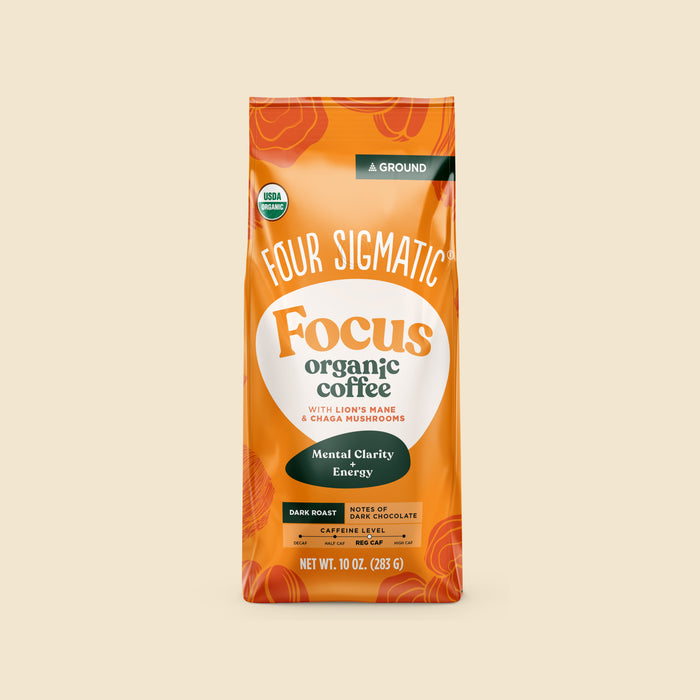
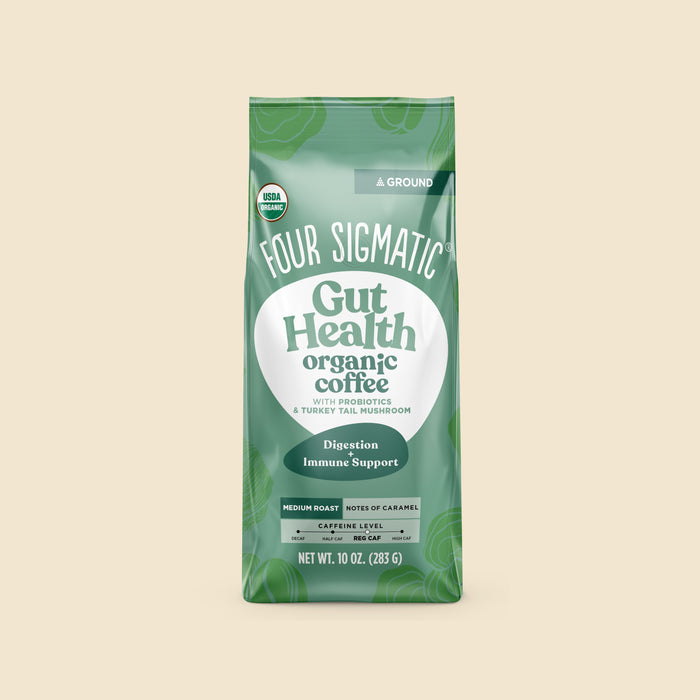
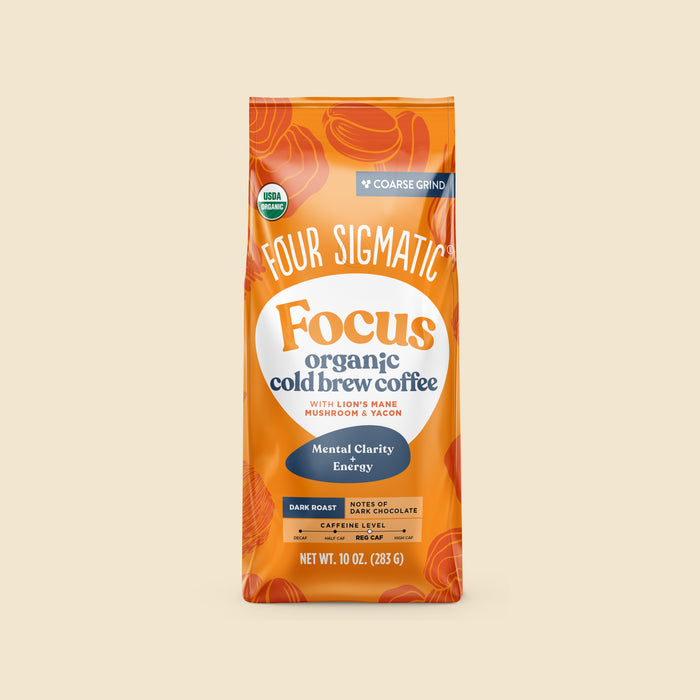
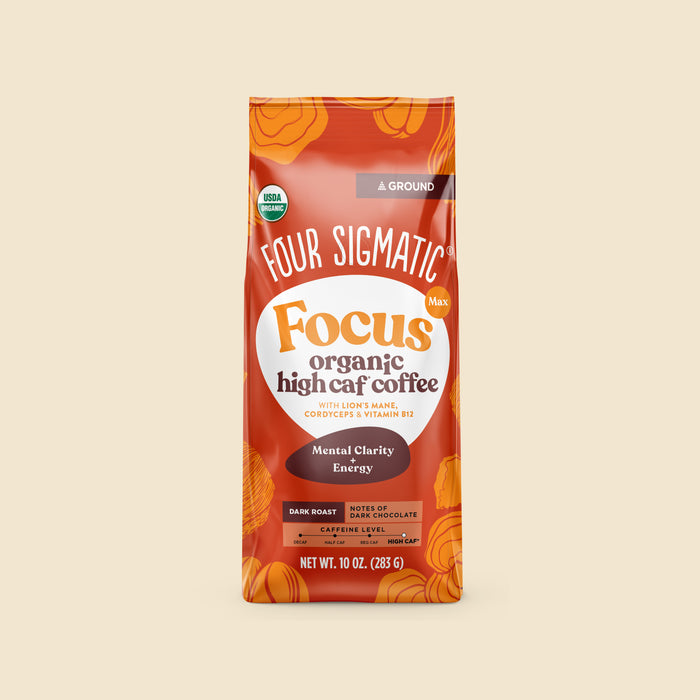
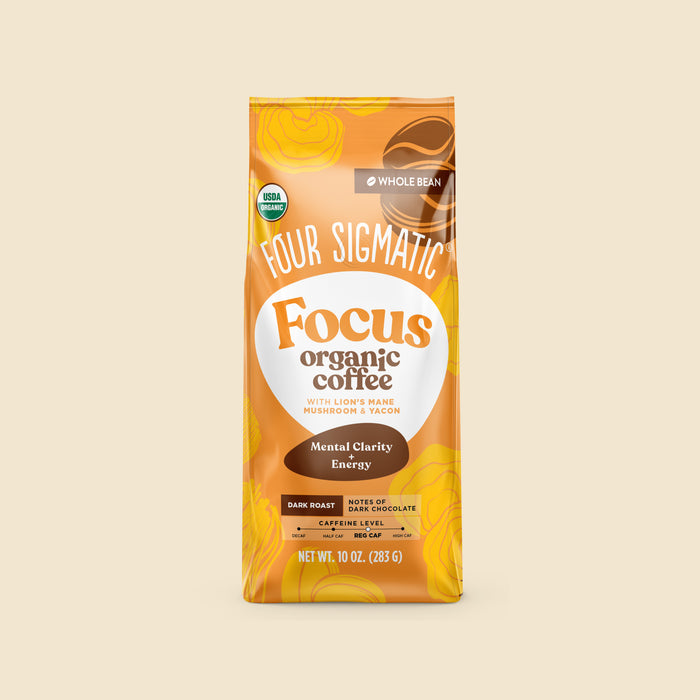
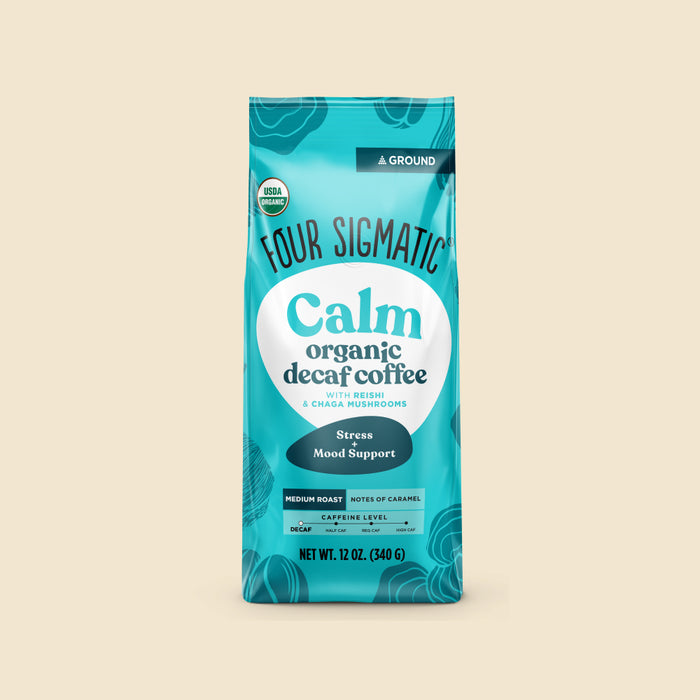
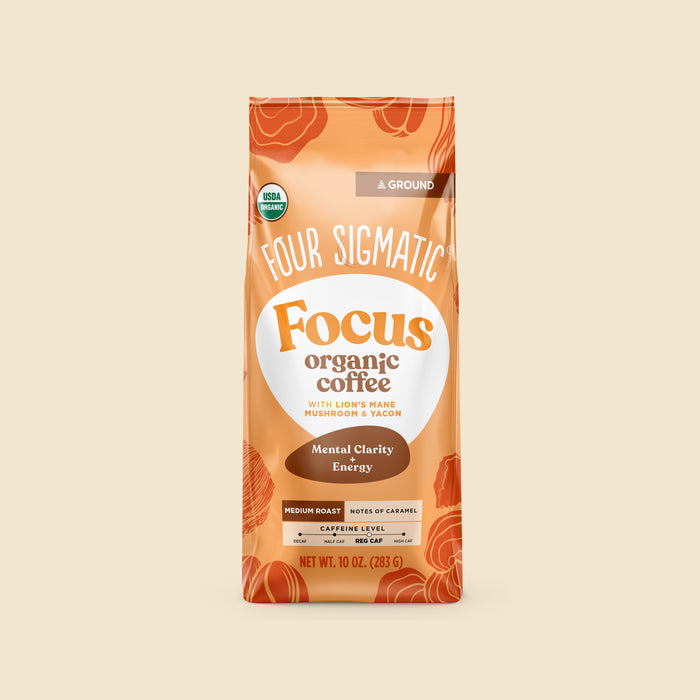
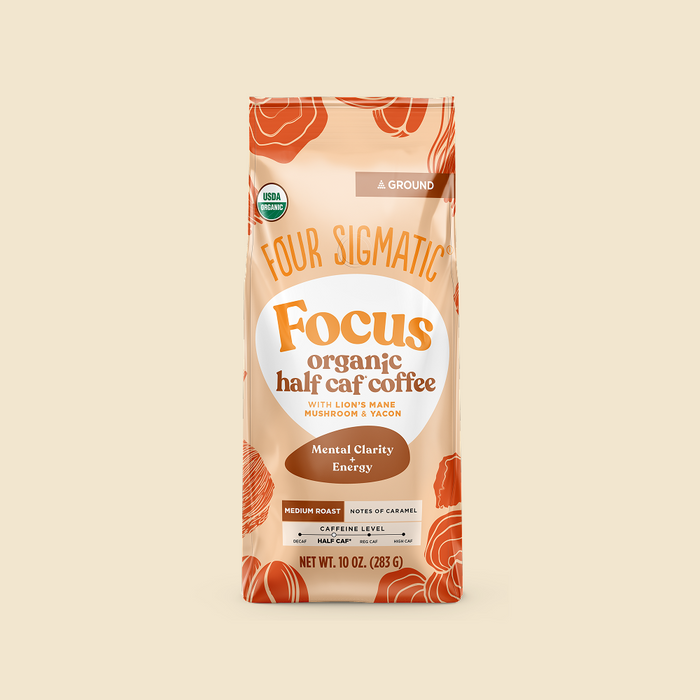
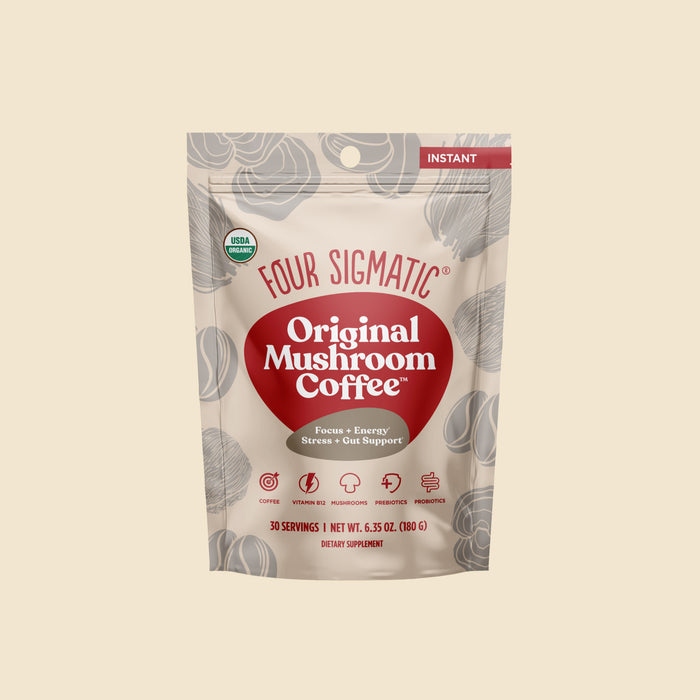
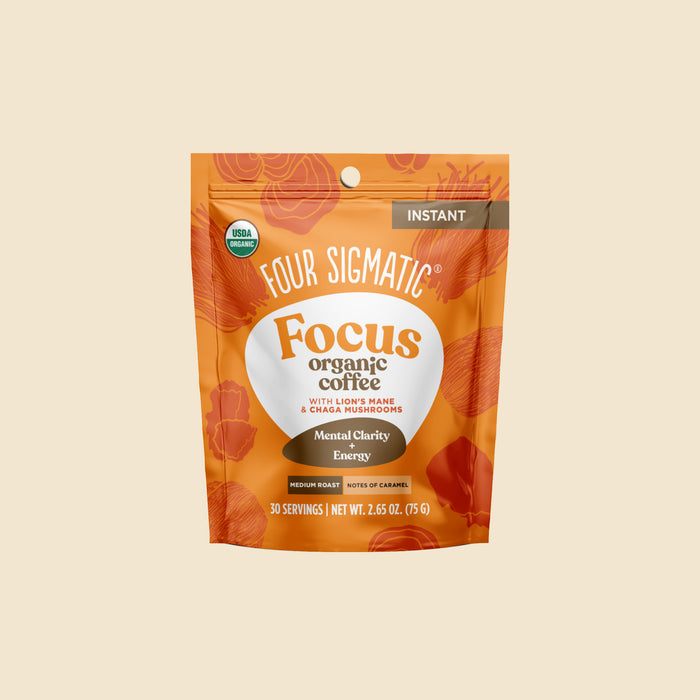
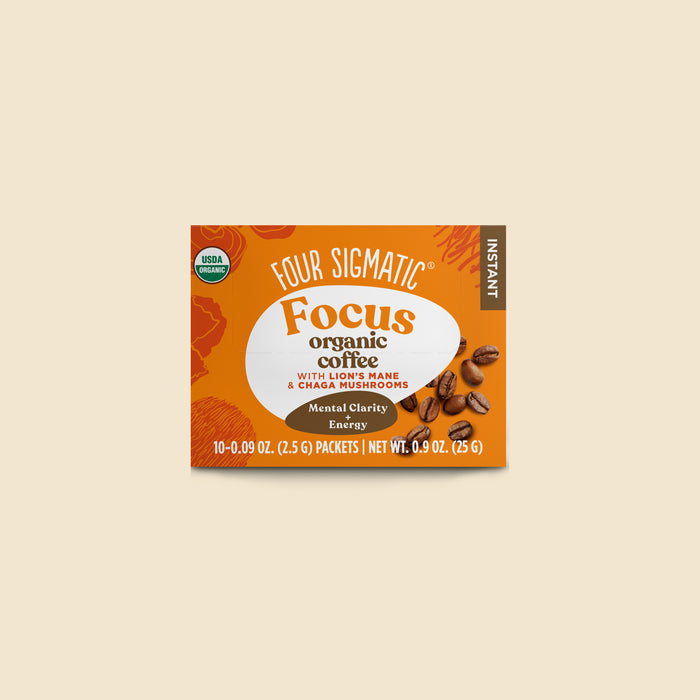
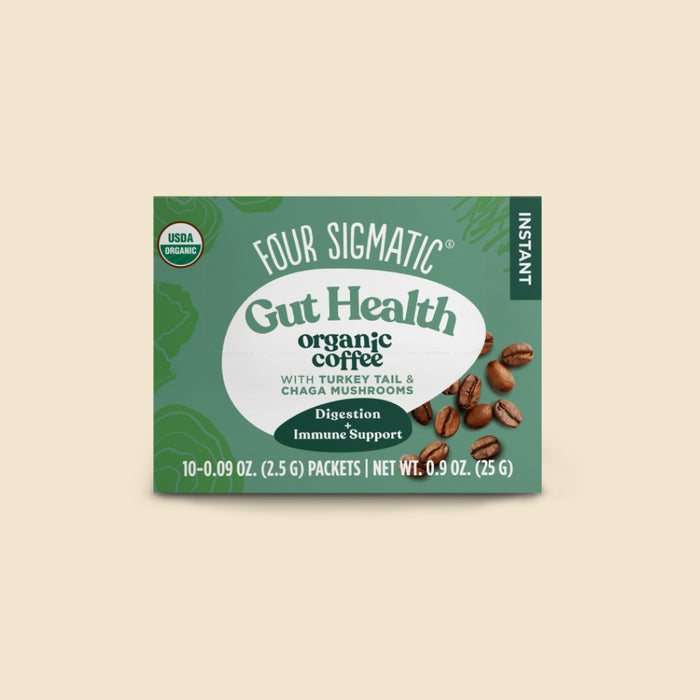
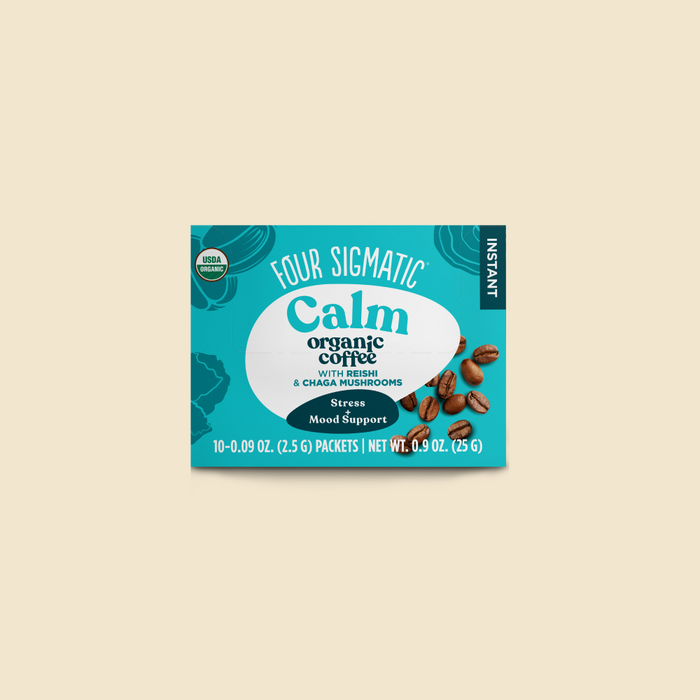
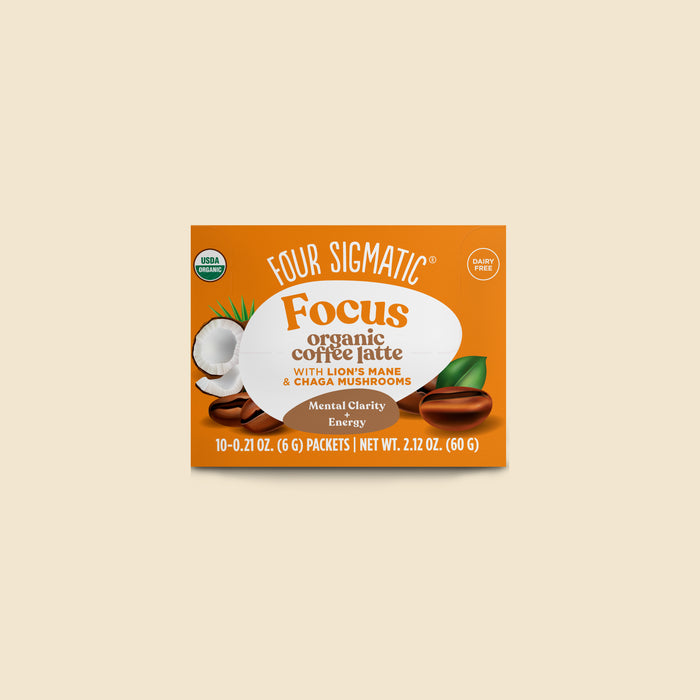
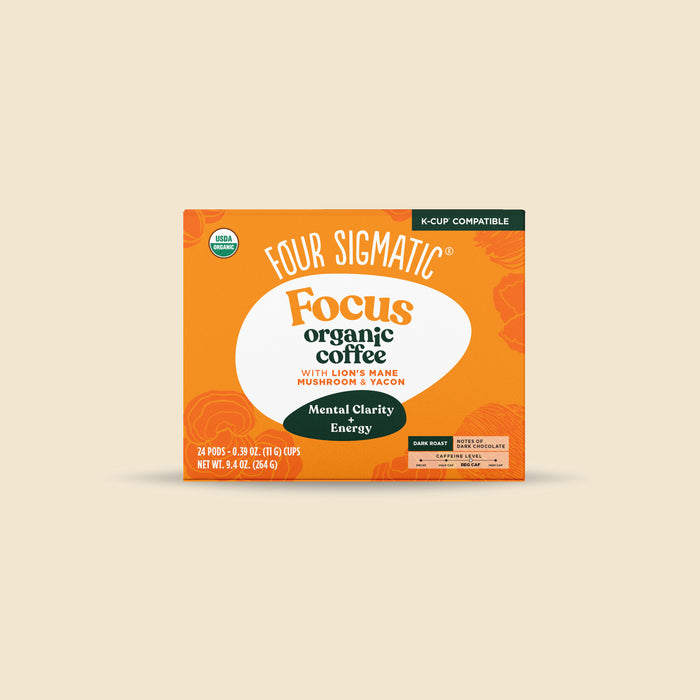
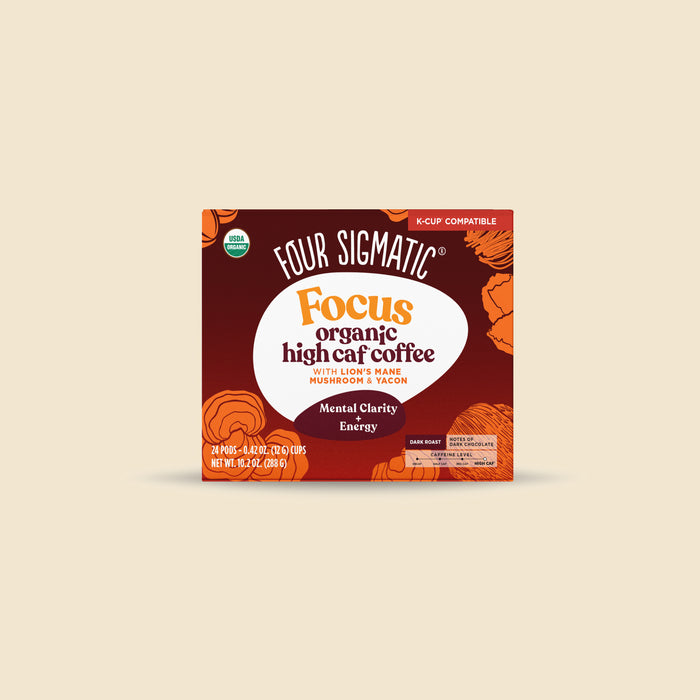
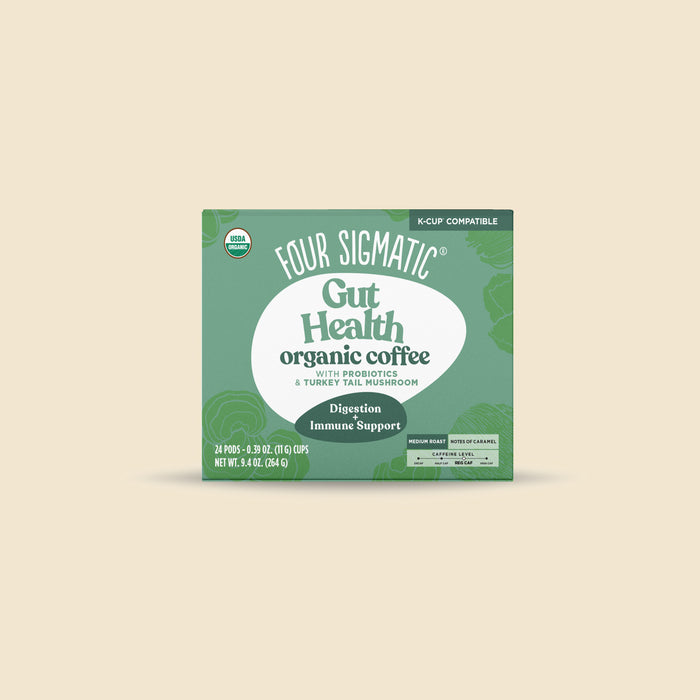
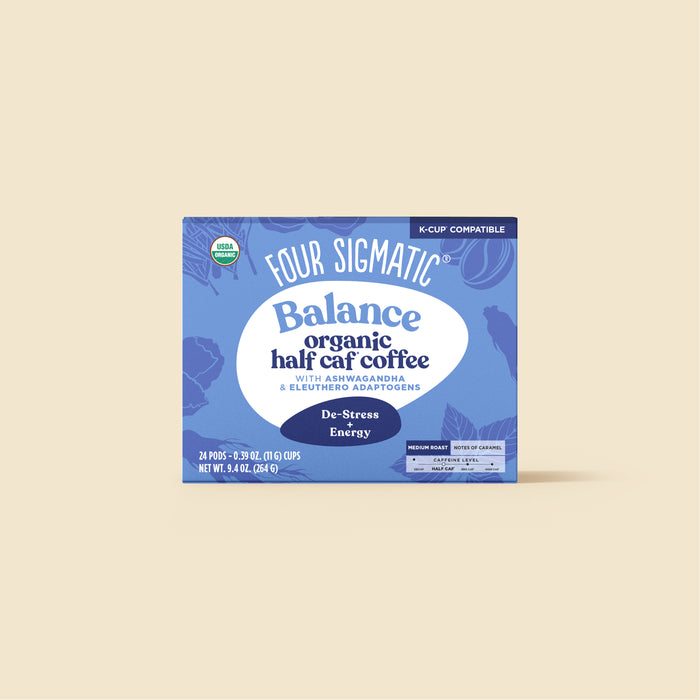
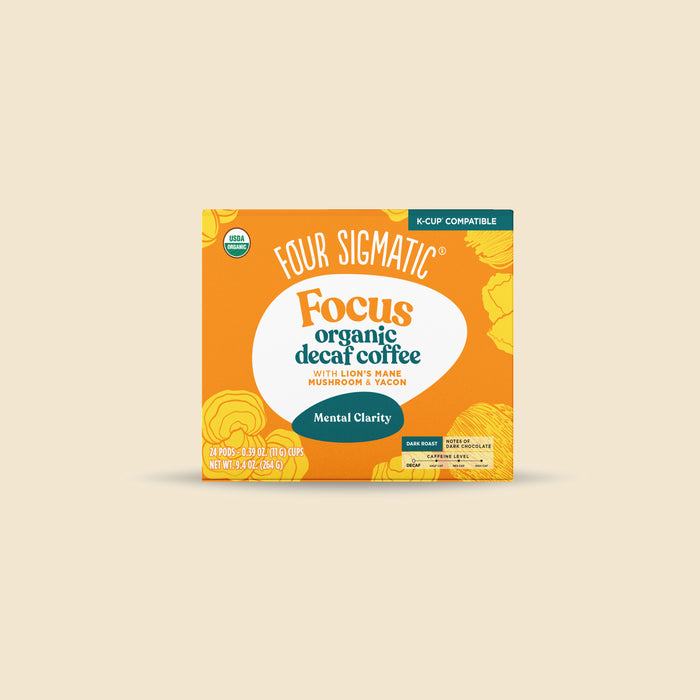
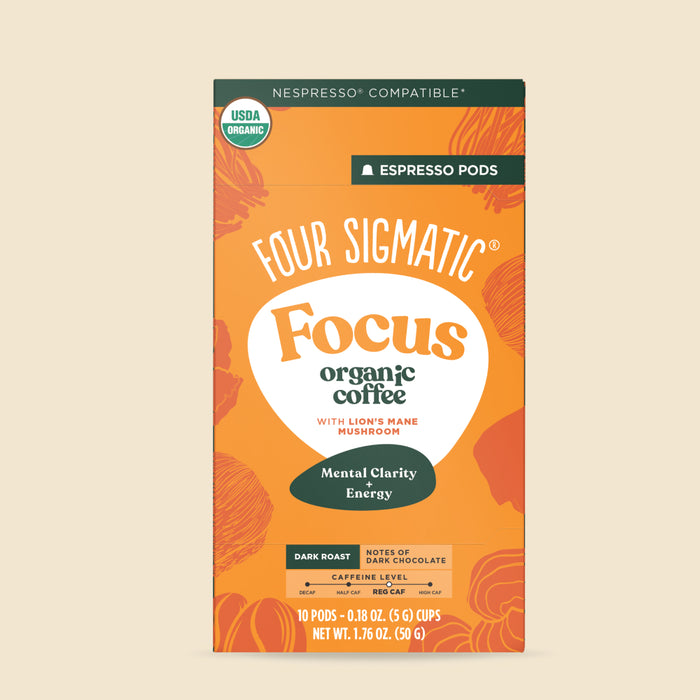
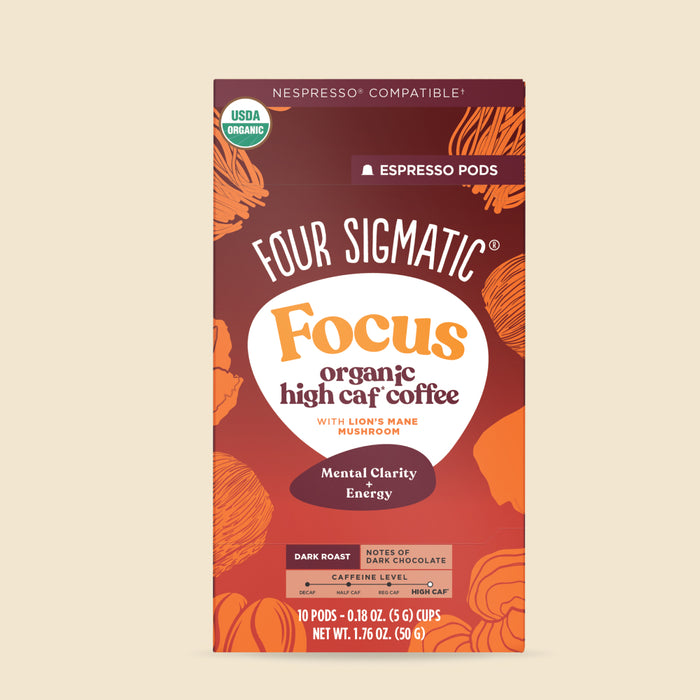
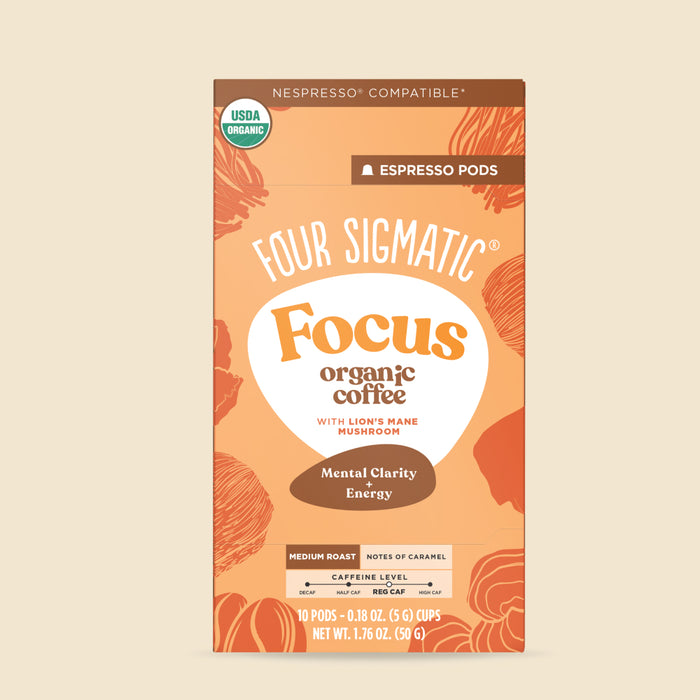
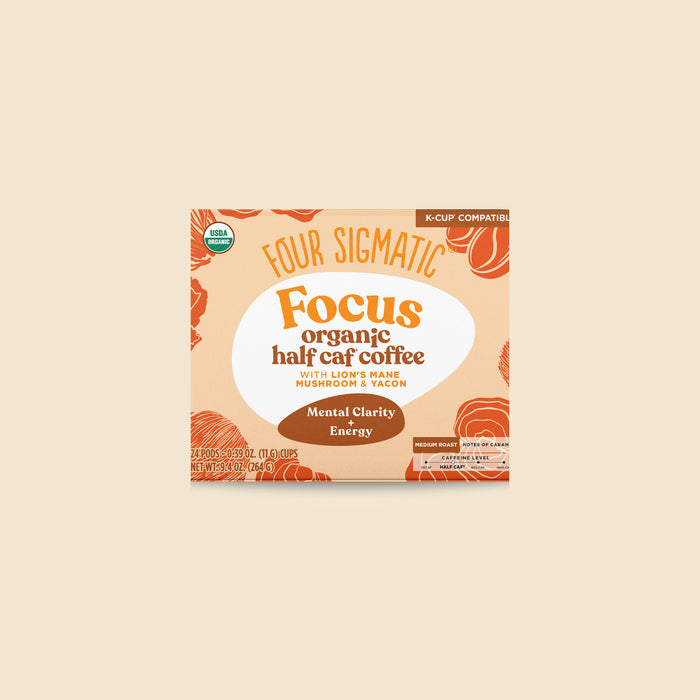
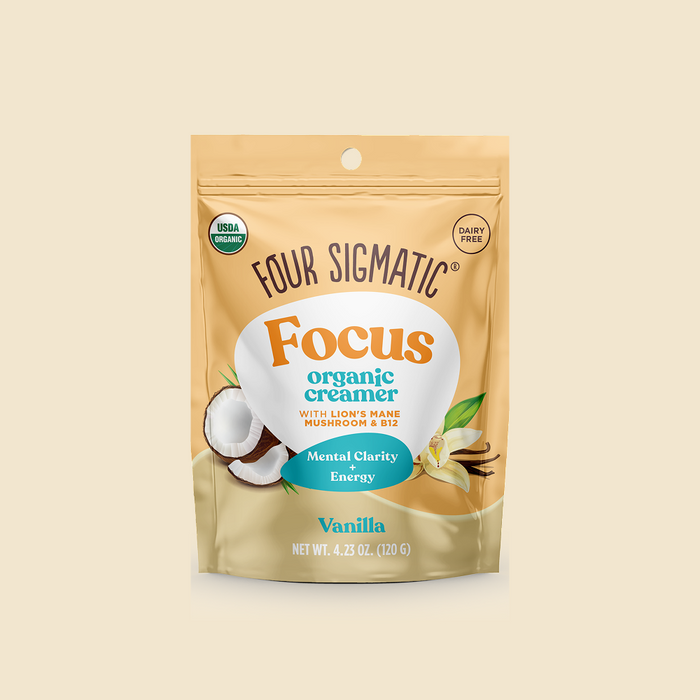

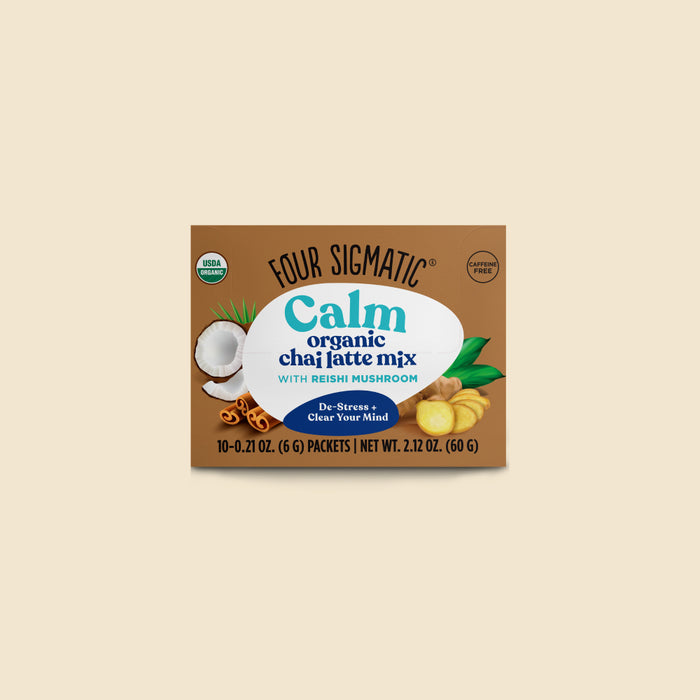
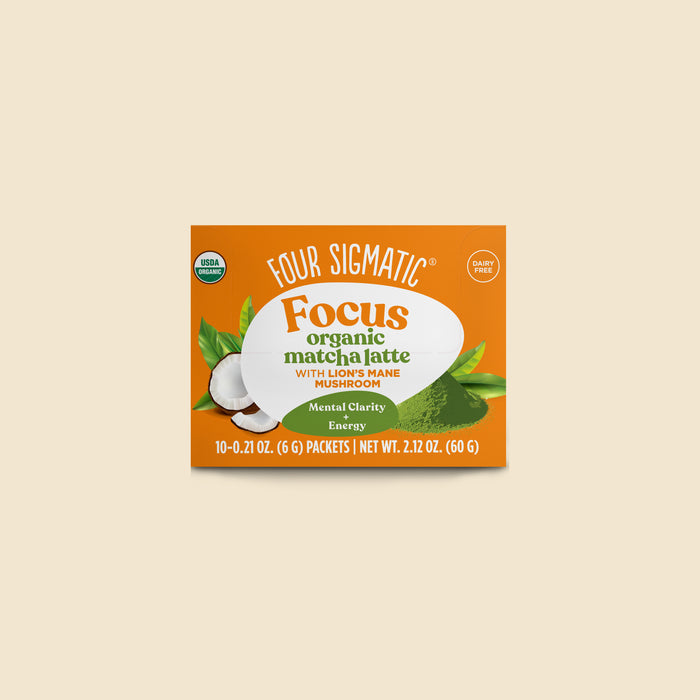
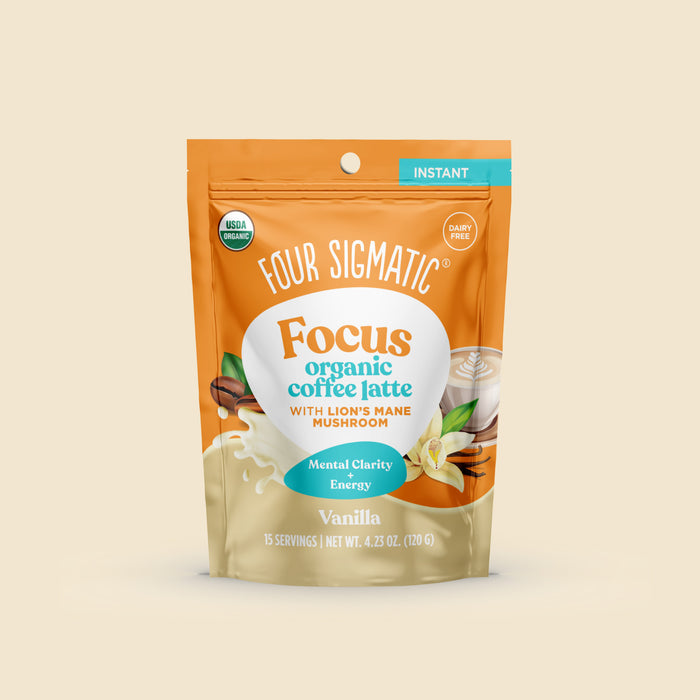
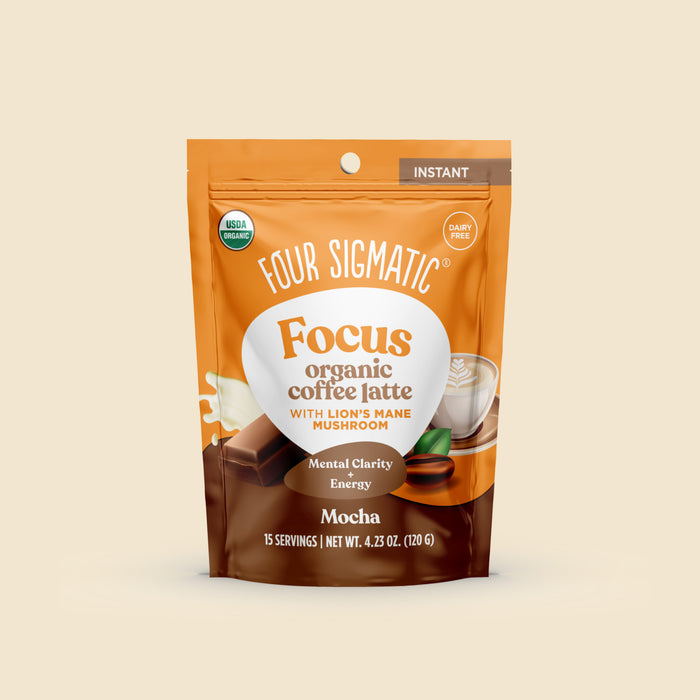
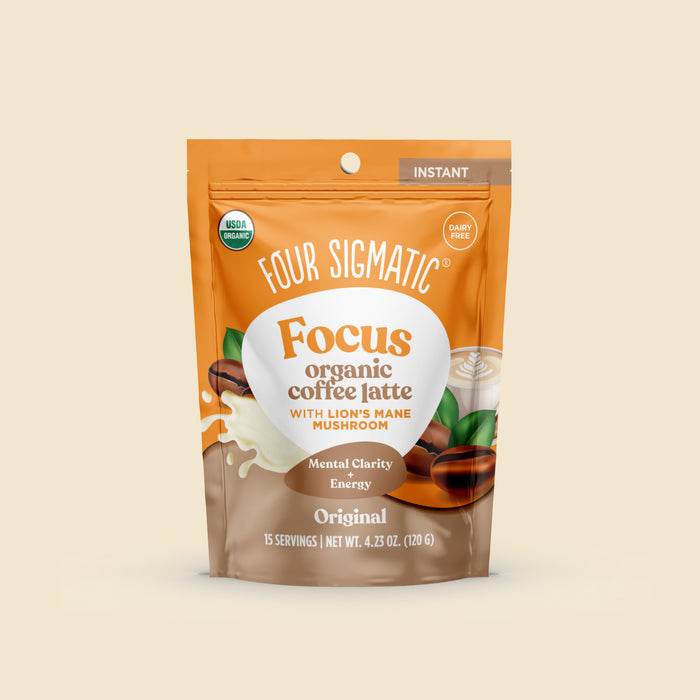
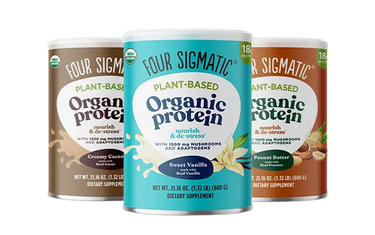 Proteins
Proteins
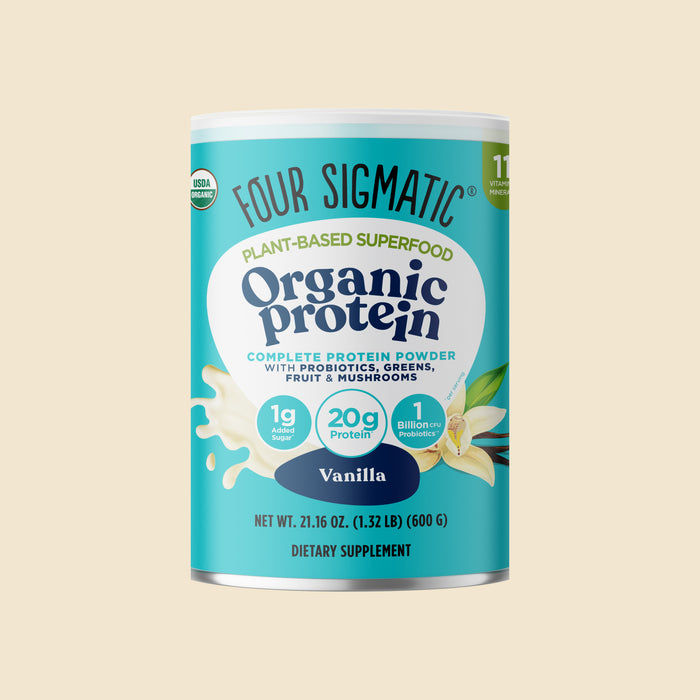
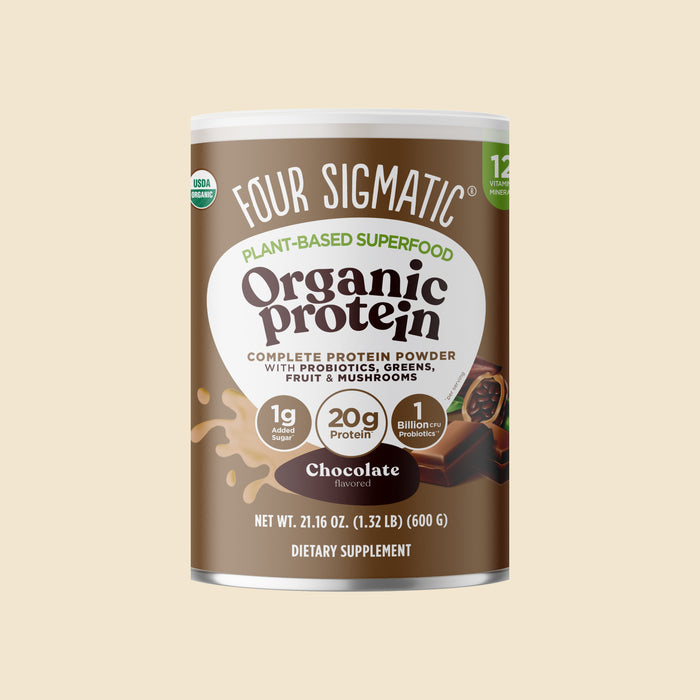
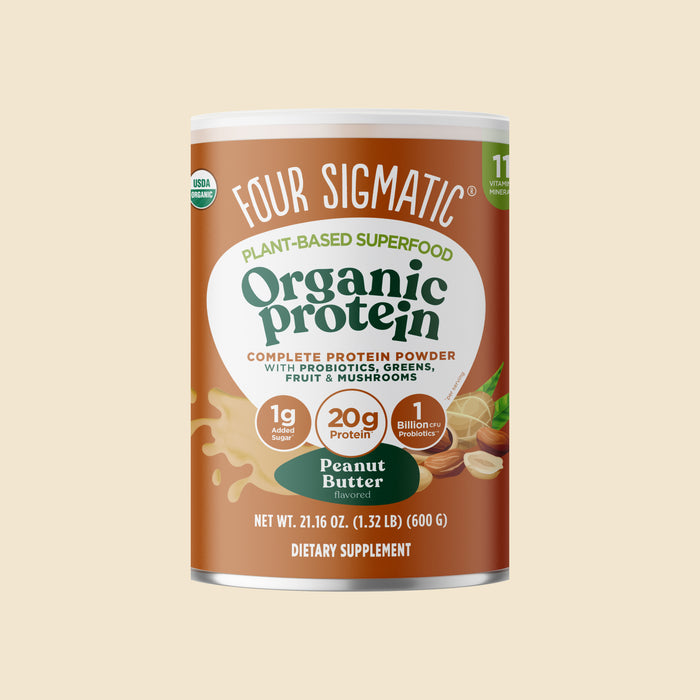
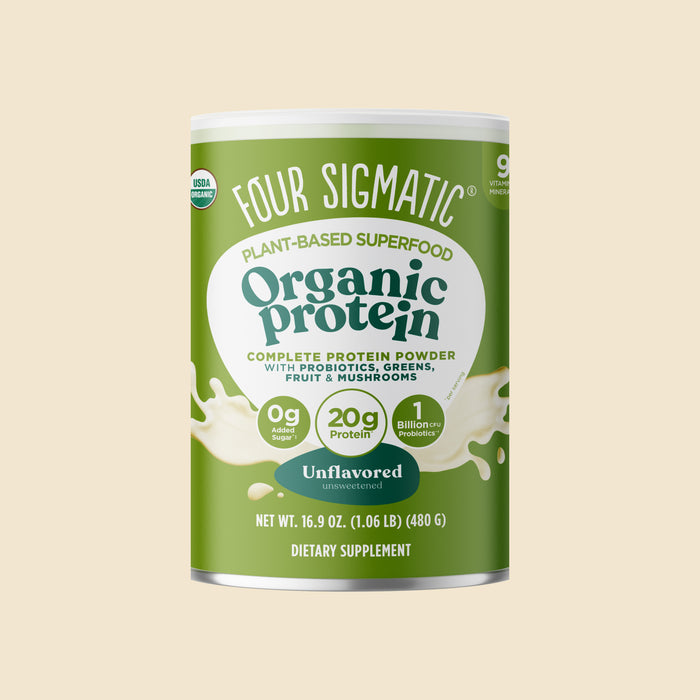
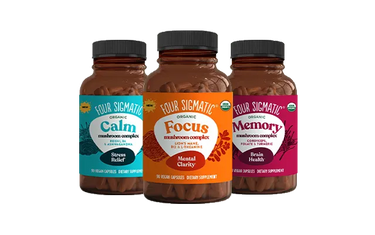 Supplements
Supplements
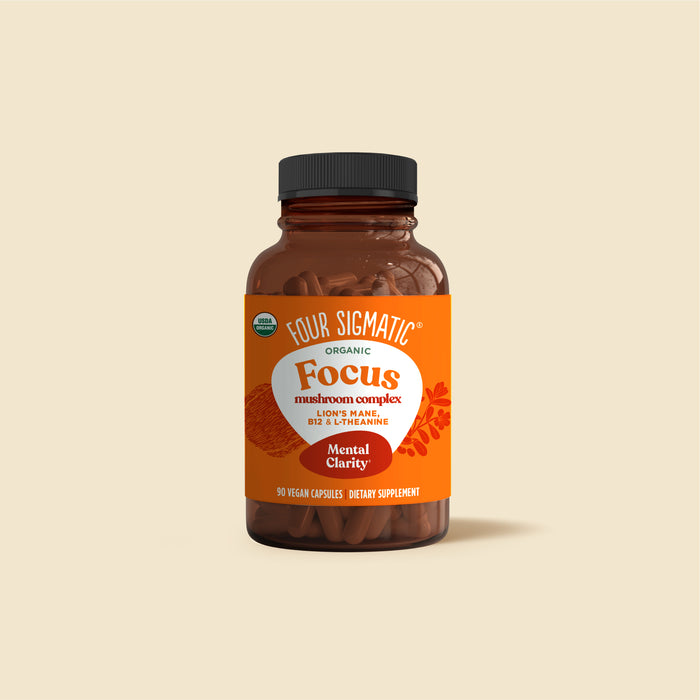
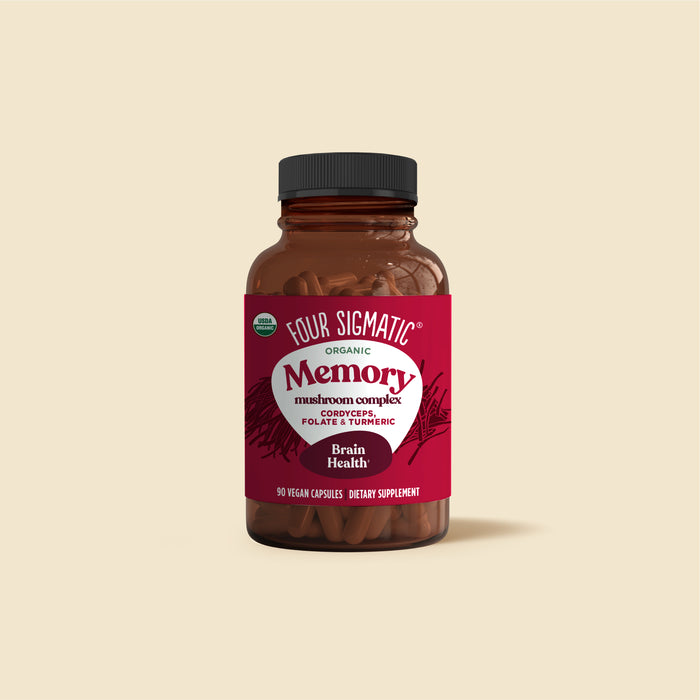
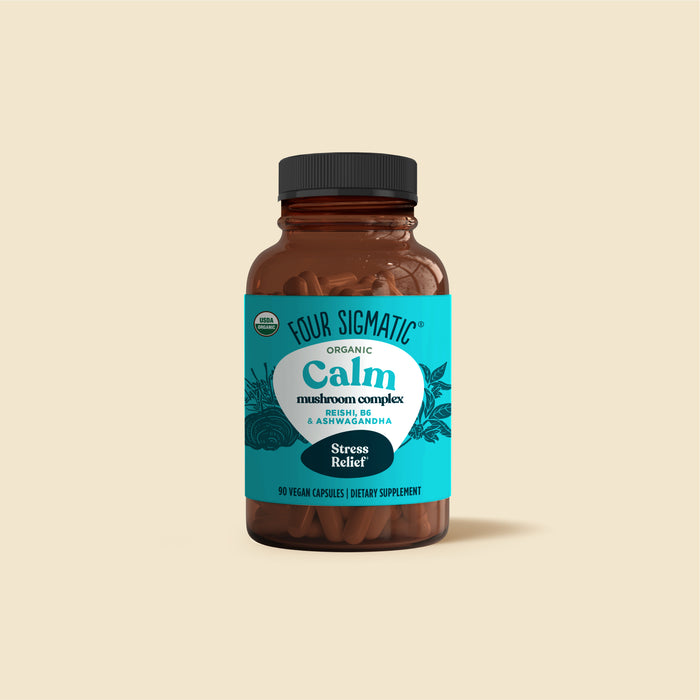
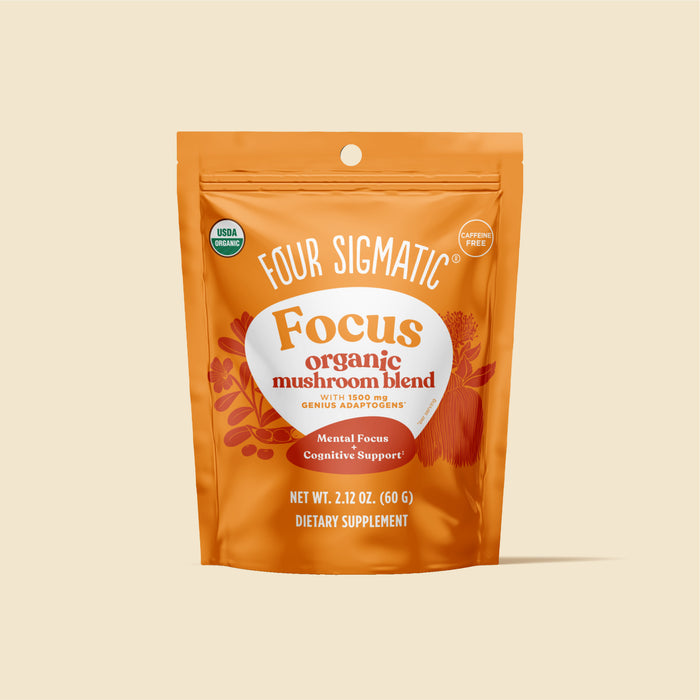
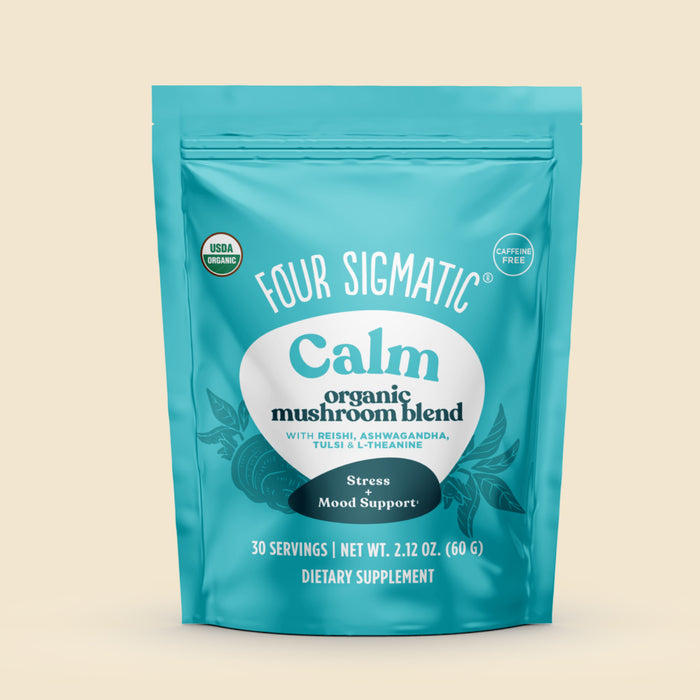
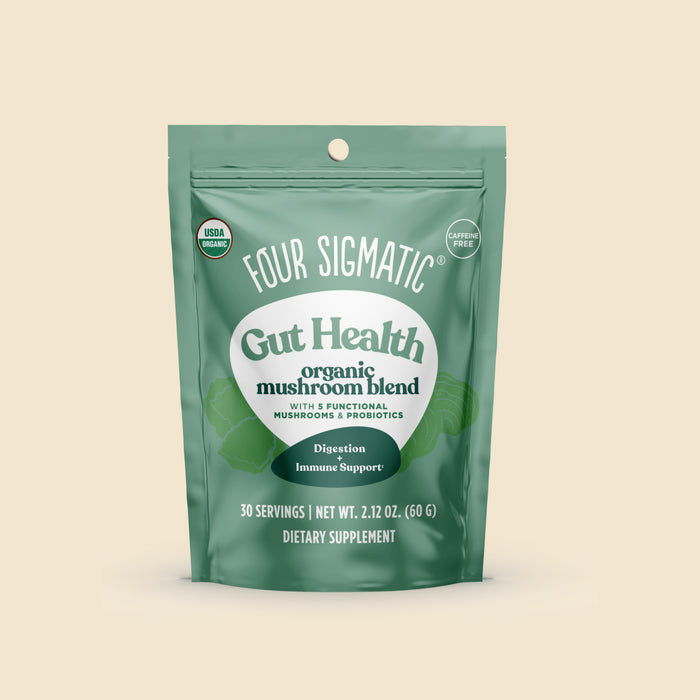
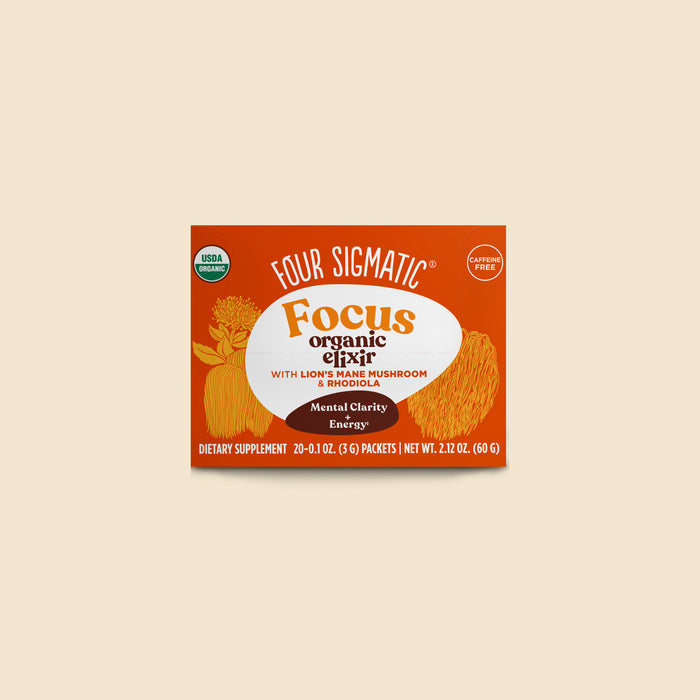
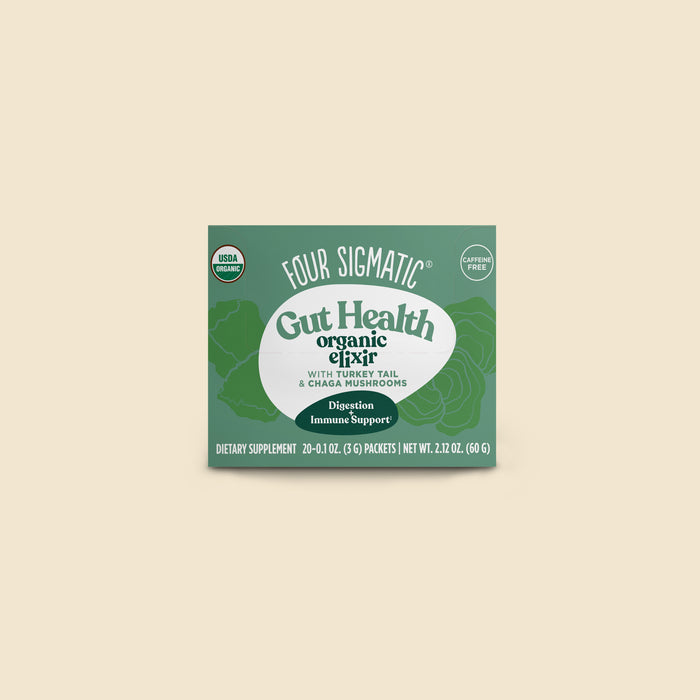
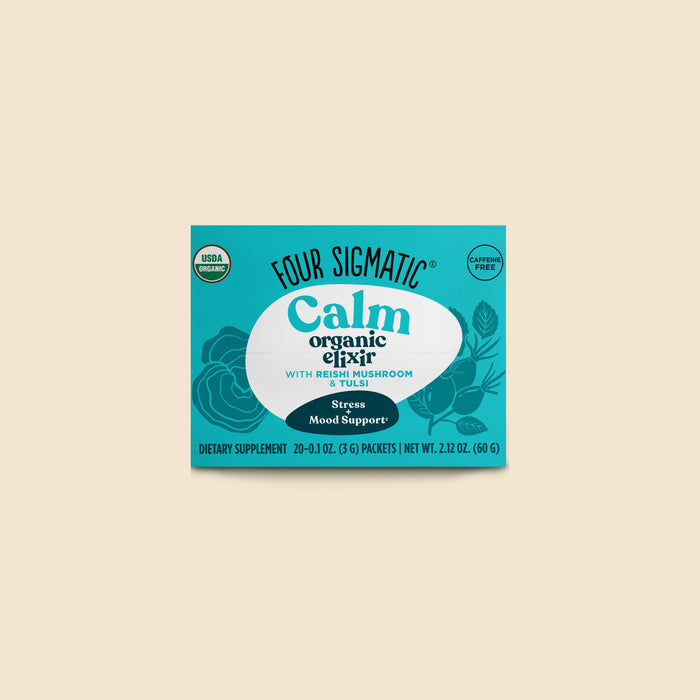
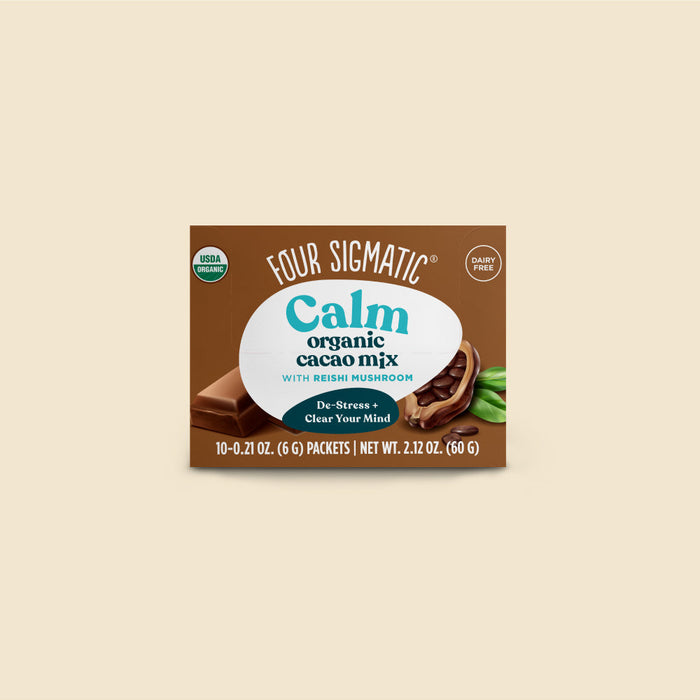
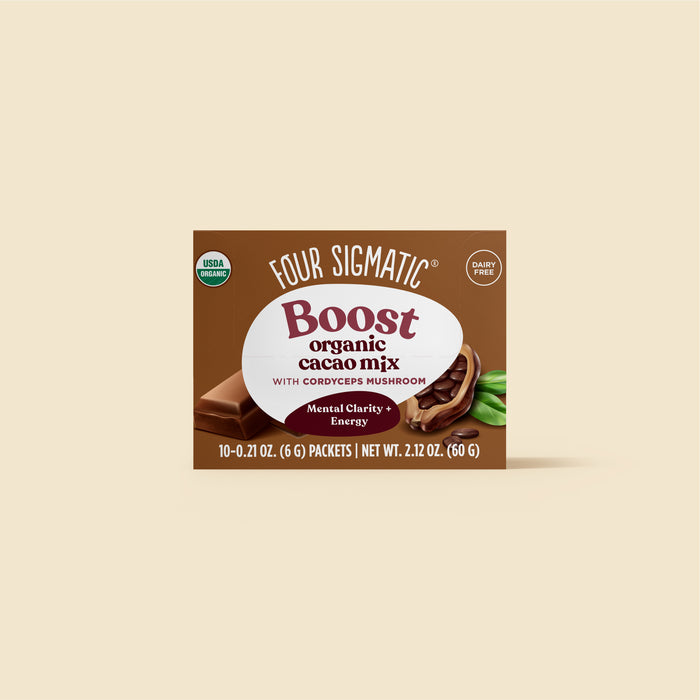
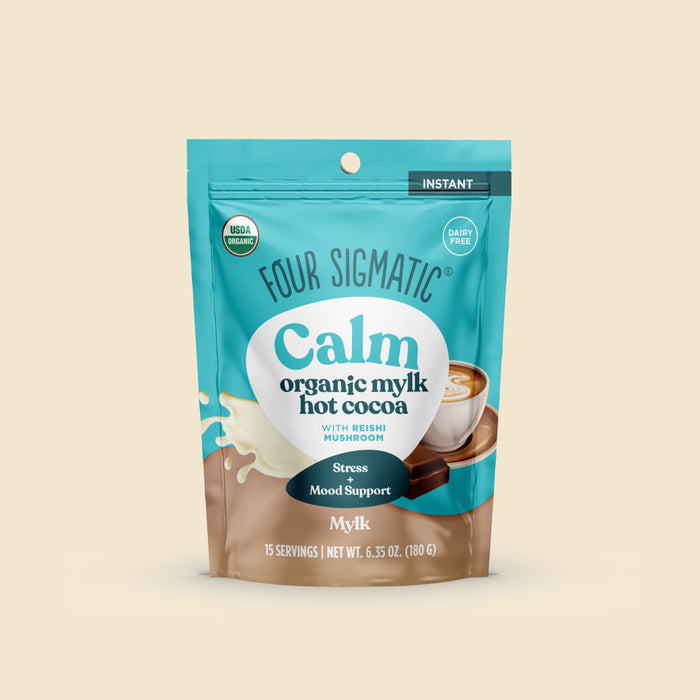
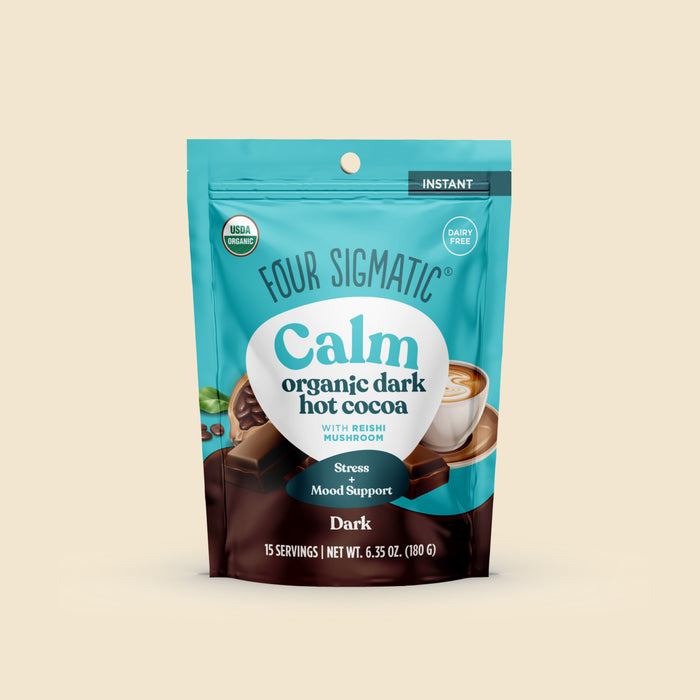
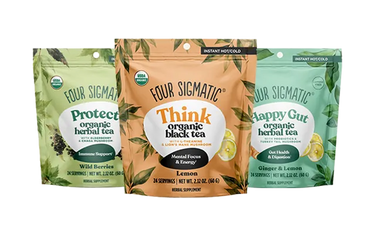 Instant Teas
Instant Teas
